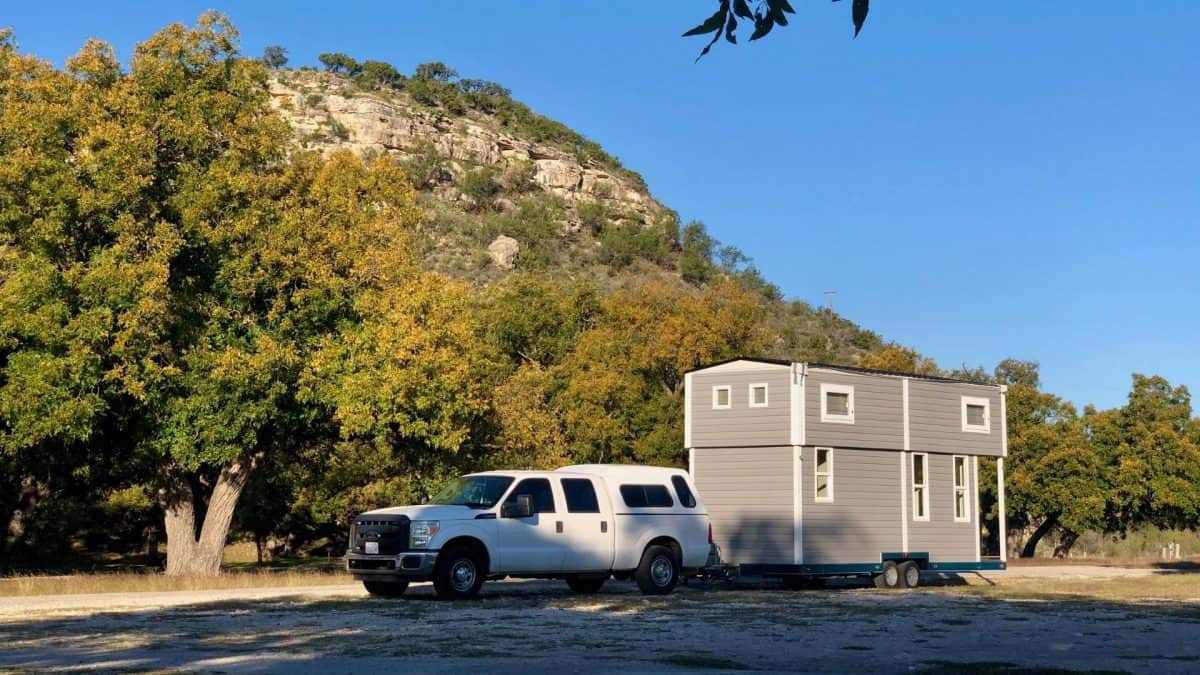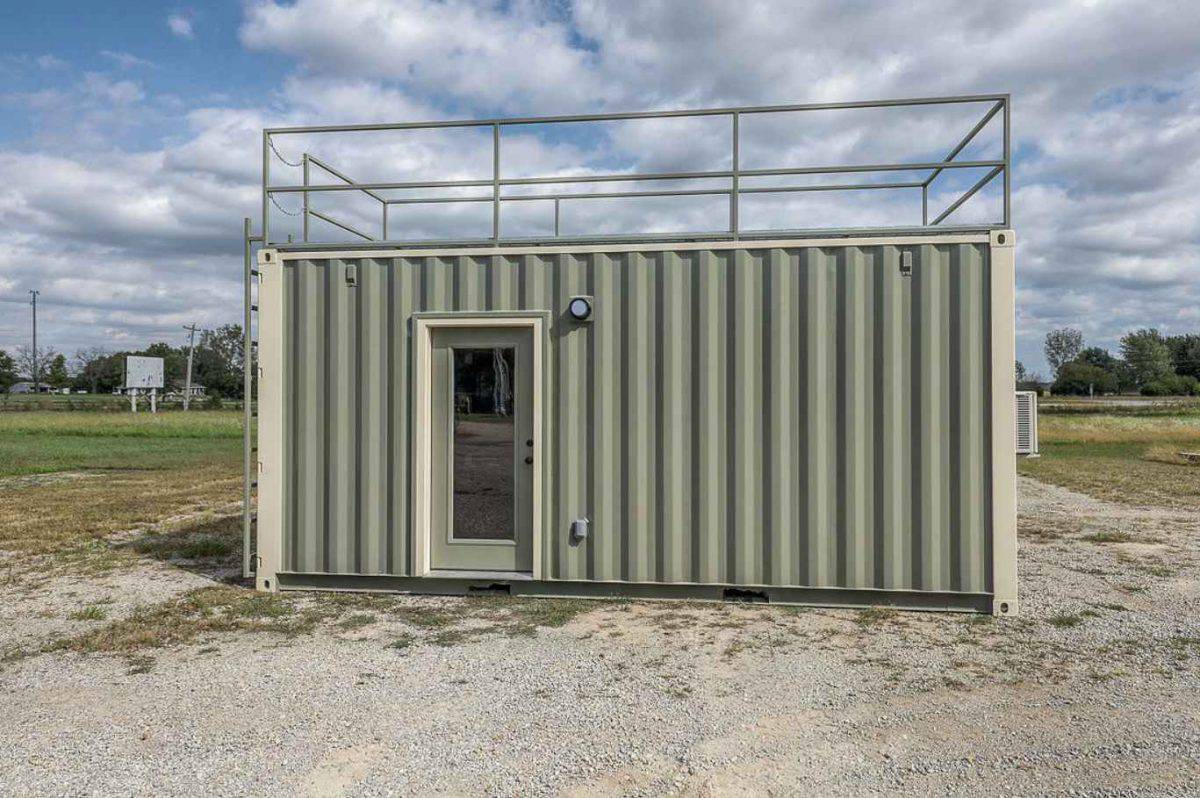Do you want to be a part of the tiny house movement in Ohio? No matter whether you are a minimalist lifestyle enthusiast or a potential homeowner or you want to make yourself aware of the various regulations surrounding tiny houses in Ohio, you must have an in-depth understanding of the various rules and regulations governing tiny abodes in the state, which will help you make learned decisions and navigate the process more effectively and efficiently.
There is ambiguity in the fact as to what qualifies as a tiny house in Ohio. However, as a matter of reference, a house under 400 square feet is considered a standard size to be classified as a tiny house.
Here, we will discuss the various nitty-gritty of tiny houses in Ohio, like their legality, building code compliance, minimum size requirements, ideal locations for construction or parking, and more. So, let’s delve right in.
Are Tiny Homes Legal in Ohio?
There is no straightforward answer to whether tiny houses are legal in Ohio. Though such houses are not explicitly outlawed, the prevalent building regulations pose quite a number of challenges for those who want to reside in compact dwellings.
Established in 2017, Ohio’s building code is based on the 2015 edition of the IBC, expanded as the International Building Code. This building code does not have the specific provisions found in the 2018 version catering to tiny houses.
However, there is still a glimmer of hope for minimalist lovers, especially for those who want to live in tiny houses on wheels.
Which Types of Tiny Houses are permitted in Ohio?
Speaking about tiny home construction laws, Ohio is one of the stricter states. However, the fact that building and zoning laws are more stringent does not in any way mean that you cannot build and design the tiny home of your dreams.
We at TinyHouseMe build temporary tiny houses, transitional structures, and permanent structures for people interested in embracing the minimalist lifestyle in Ohio. Here, you should note that these tiny structures’ regulations are quite different.
What are the Prerequisites for a Tiny Home to Cater to Ohio Building Codes?
The Ohio building code says that the minimum size of a tiny house should be 950 square feet, which is very large compared to the typical tiny house dimension prevalent all over the U.S.
Rules Governing Permanent Structures
You should consult the building codes in Ohio before setting up a tiny house in this state. These codes comprehensively specify structural integrity, safety features, foundations, insulation, plumbing and electrical systems, and more. You should adhere to these regulations to ensure your tiny abode meets the necessary standards.
Rules Governing Temporary Tiny Homes
Temporary tiny homes are mobile and are not meant for year-round living. Thus, these houses have lenient regulations.
A house vehicle or travel trailer is typically defined as a non-self-propelled R.V. that cannot exceed an overall length of forty feet. Tiny houses on wheels come under this classification.
Rules Governing Transitional Structures
ADUs are often classified as transitional structures. They are subject to the local zoning regulations and ordinances. It is highly suggested to check with the jurisdiction where you decide to set up your tiny house, which will help determine the restrictions and requirements for these living spaces.
Cuyahoga County is the only county in Ohio that has permitted accessory dwelling units with evidence of the correct permits.
However, one must refrain from using these ADUs as primary residences. They can only use it as a secondary residence.
Can you permanently reside in an Ohio Tiny Home?
Various factors determine whether you can permanently reside in an Ohio tiny house, like building codes, how your tiny home is classified, and local zoning regulations.
As aforementioned, some areas have lax regulations regarding permanently residing in tiny houses, while others have restrictions or limitations.
It is advisable to research the specific regulations of your preferred location, which will help you determine whether permanently living in a tiny house in that area is feasible.
How small an Ohio tiny house can be?
Regarding the dimensions of a tiny structure, Ohio has laid down some stringent requirements. The minimum size requirement for permanent houses in Ohio is 950 square feet, and tiny homes are no exception.
ADUs and temporary tiny houses have lax size requirements. For instance, some counties in Ohio consider a house covering an area of 500 square feet or less a tiny home. However, it should be categorized as an R.V.
Where can you set up a tiny home in Ohio?
If you want to build a tiny home in Ohio, here is a list of the most popular counties with favorable laws for construction. Let’s take a look at them.
Preble County, Ohio
Preble County has statewide regulations and has specifically defined tiny houses to lodge tenants at Cedar Hill Tiny Village. As per their ordinances, a tiny home is an R.V. with a surface area of 500 feet or less. These tiny houses can be a boon for those who stay nearby and want to embrace the minimalist lifestyle.
Cuyahoga County, Ohio
Cuyahoga County has expressly allowed ADUs with proper permits, unlike other Ohio counties. However, one cannot use these accessory dwelling units as permanent residences. You can only use it as a secondary residence.
Columbus, Ohio
Though Columbus welcomes tiny houses, this county does not allow tiny houses to be used as permanent residential spaces. The zoning regulations and building codes in Columbus and its surrounding suburbs consider permanent living in a tiny house illegal. This is because the tiny houses are smaller than Ohio’s permitted tiny house size.
Final Take:
Now that you are aware of Ohio’s various tiny house regulations, you can make informed decisions, avoid potential setbacks, and ensure compliance. If you want to buy tiny house kits for sale in Ohio, you are at the right place. We are an online directory where you will find a comprehensive list of many trusted tiny house builders in the U.S. and Canada. Connect with the builders via TinyHouseMe, and we will place you in front of the line for the builders. Request a quotation now.






